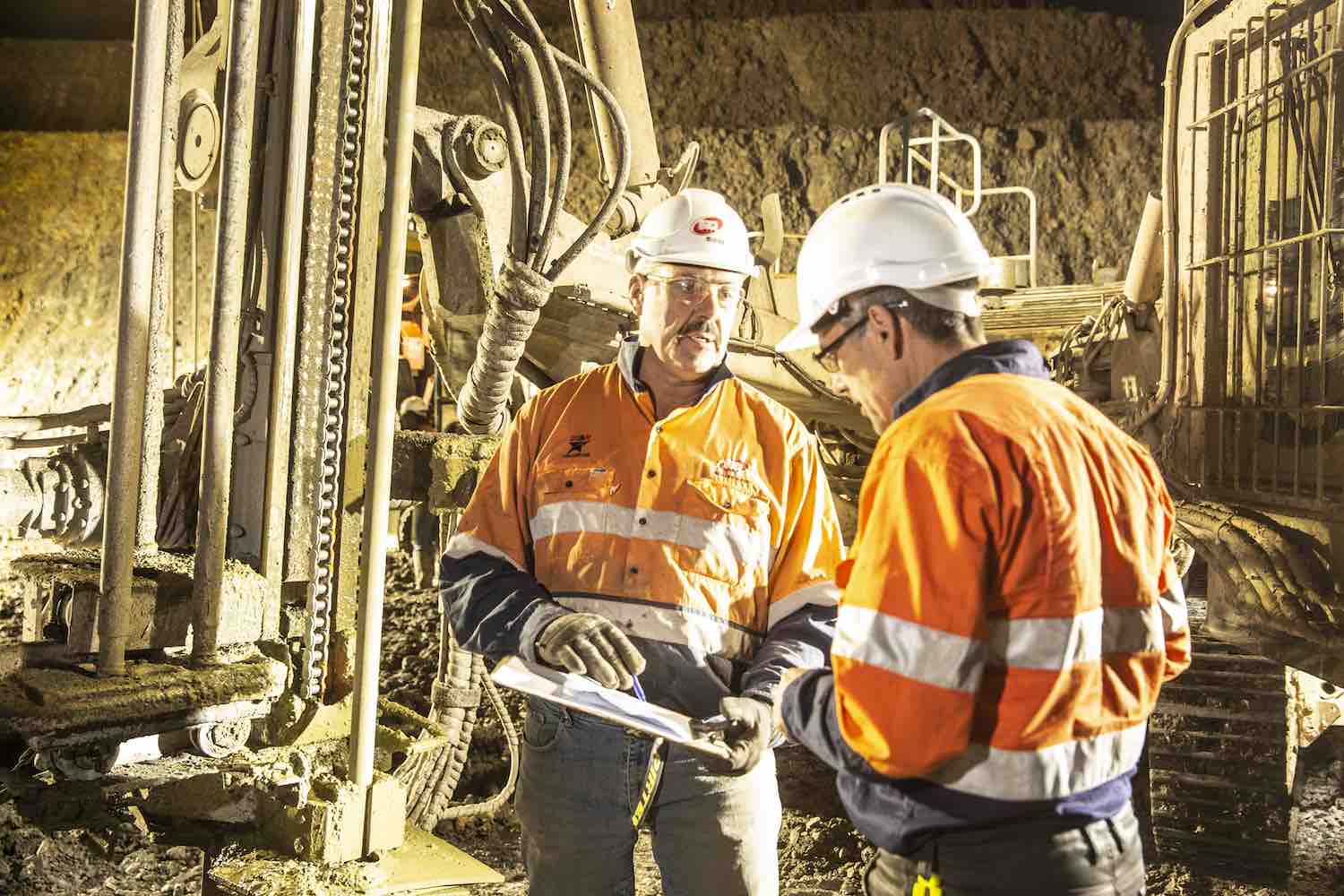
Miners will rely on Artificial intelligence (AI) more and more in the future. While most of us get caught up in its ability to generate text and create imagery, one of AI’s significant benefits could appear in the physical world.
A recent major study suggests AI could create up to $0.7 trillion in value for global industries by revolutionising predictive maintenance practices. Second, only to something called “deep learning”, AI’s most common use, analysts say there is also a vast and growing need for AI-assisted predictive maintenance.
Today, around 40% of AI’s value is used to develop “deep learning”. Where deep learning is loosely modelled on the human brain, using layers of artificial neural networks, AI predictive maintenance relies on its ability to process massive amounts of data quickly.
AI can identify anomalies and avert breakdowns far more effectively using audio and video information than humans.
And fault detection could include an unexpected sound from a haul-truck engine to a malfunction on a conveyor line picked up by sensors.
Beyond its benefits to predictive maintenance duties, AI is set to become a bright feature across modern mining operations.
Here’s a look at some of the additional vital roles that AI currently plays on mine sites:
Mineral identification and analysis: AI-powered image analysis is helping geologists quickly identify minerals and analyse ore quality.
Autonomous mining: Autonomous mining vehicles and equipment are being developed and deployed increasingly in mining operations, decreasing the need for human function and improving efficiency.
Safety and monitoring: AI is also used to monitor mining operations in real-time, detecting potential hazards and alerting workers to environmental dangers, improving overall health and safety.
Despite only around 20% of businesses currently using AI, It has the real potential to transform efficiency in the mining industry while reducing costs and greatly enhancing safety.
Overall adoption of artificial intelligence (AI) remains low among businesses – at about 20% in recent studies.
Dust suppression is a rising issue for heavy industries around the globe.
And it’s a specific area where SMART, automated and interconnected technology is making big strides.
GRT’s SMART Dosing Units are a cutting-edge solution to the problem of dust, particularly on busy haul roads.
Able to capture critical data, and provide it back to fleet management teams, a SMART Dosing Unit provides valuable site-wide feedback on top of unrivalled dust control.
Designed and manufactured in Australia, GRT’s Dosing Units – from hand-operated to fully automated – are in use with some of the world’s leading miners, who rely on its SMART features, including:
The rise of AI technology could change the mining game forever – but not in the way you might think.
For all its creative power, one of AI’s major benefits is in predictive maintenance and ensuring that vehicles and equipment avoid costly and dangerous breakdowns.
The latest data suggests that predictive maintenance is second only to “deep learning” as a use case for AI and could deliver up to $0.7 trillion in value to the world’s heavy industries.
AI is already broadly used in mining, where it helps to improve efficiency, autonomy and the safety of everyone on site.
And as more and more mining businesses adopt the power of AI, there are sure to be more benefits to come as the technology becomes fully integrated into mining operations, from pit to port.
Your feedback is important to us. If you enjoyed reading this Global Road Technology industry update and found it informative, please let us know by leaving a REVIEW.
References:
https://www.mckinsey.com/capabilities/quantumblack/our-insights/most-of-ais-business-uses-will-be-in-two-areas.
https://globalroadtechnology.com/smart-dosing-units/.
Are environmental regulations, health and safety concerns or potential profit loss a concern right now?
Contact Us Now